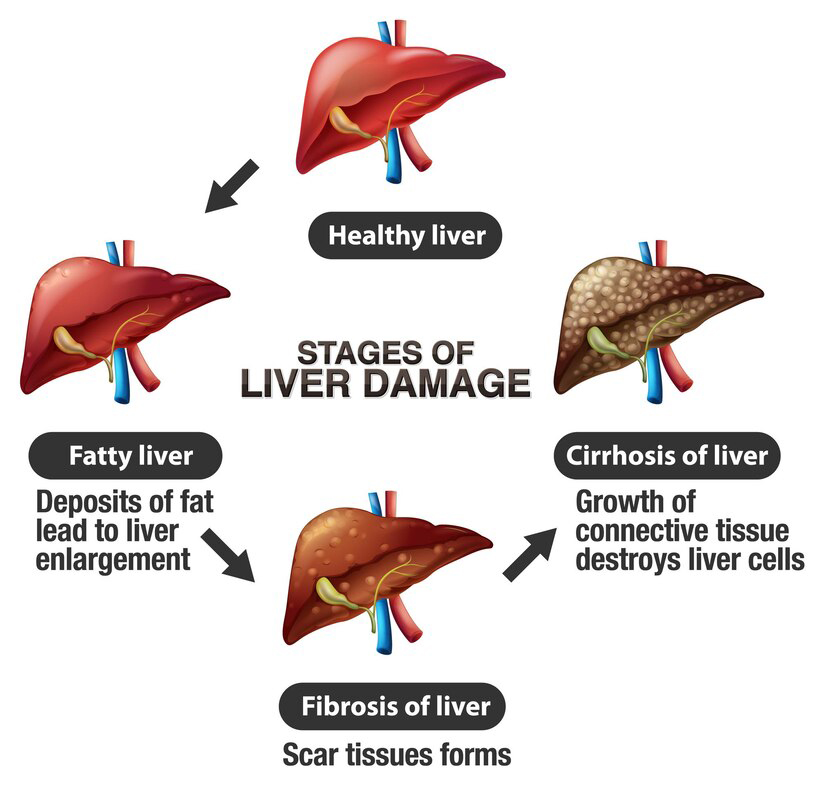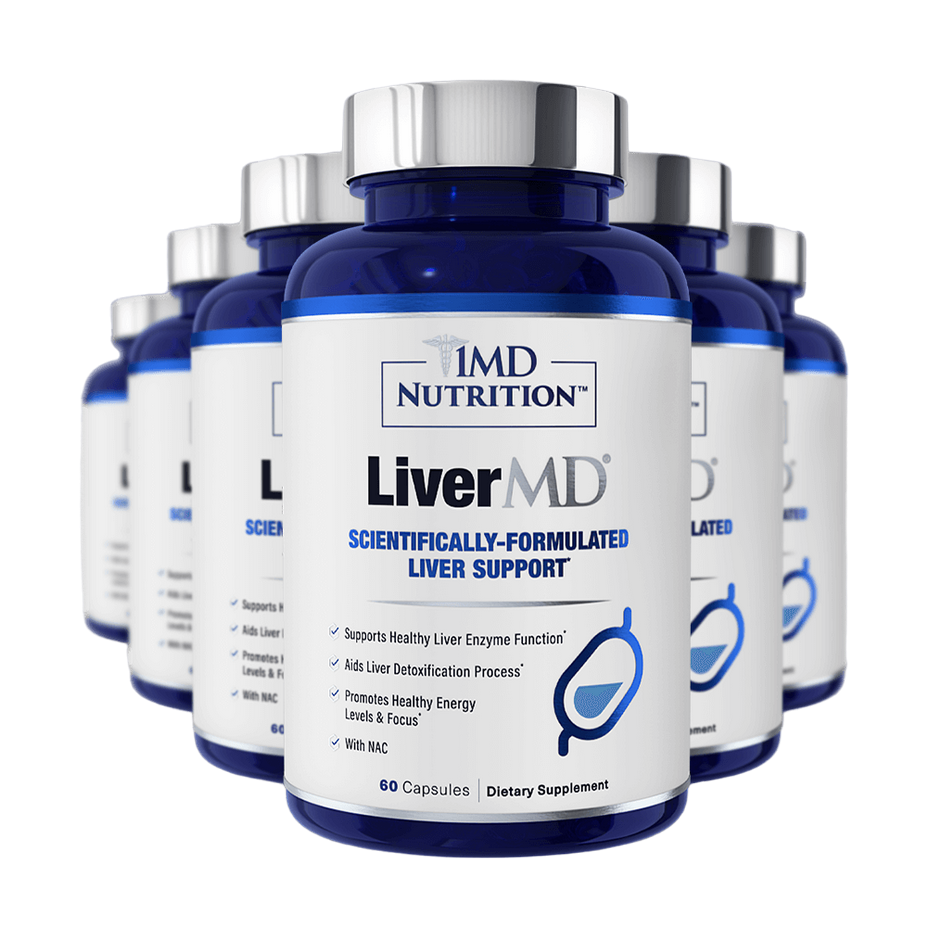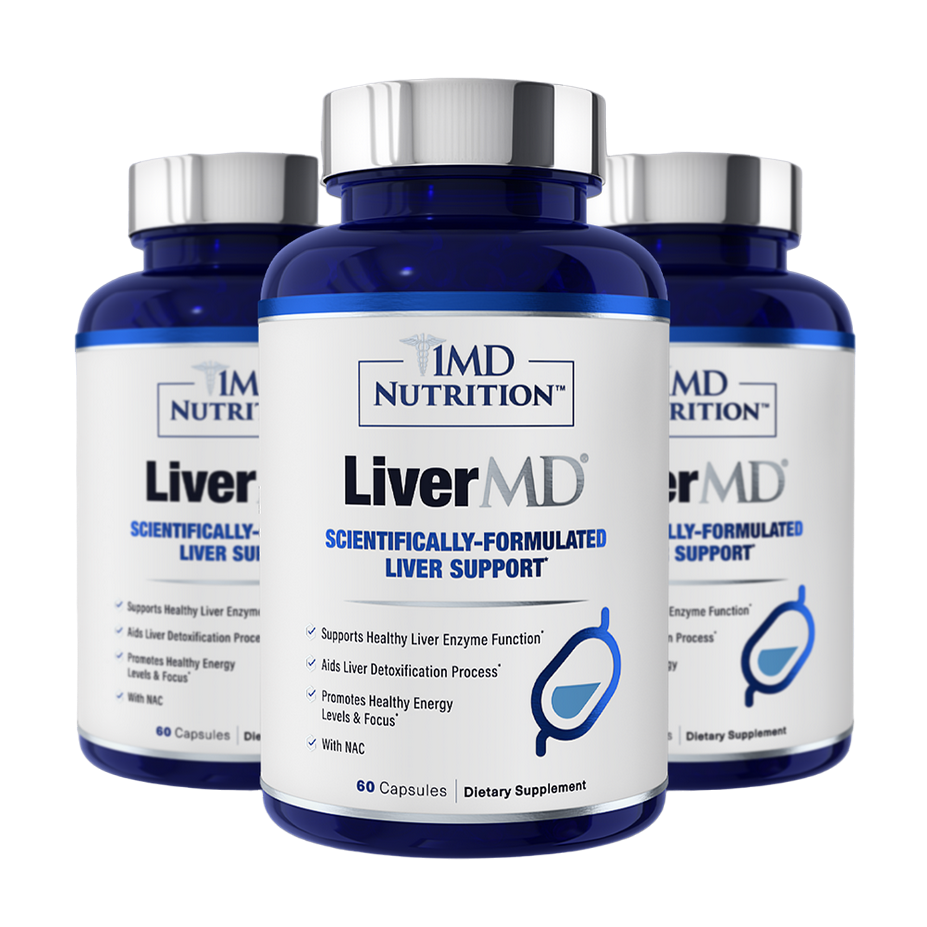
A healthy liver is a secret to good health and an unhealthy one can result in many life changing health issues. How to Keep Your Liver Healthy? For that we must understand about the functions, diseases, symptoms, diagnosis and treatment for liver problems.
Don't Wait, Nurture a Healthy Liver. Your Liver is for Life, Not for Illness!!
Liver is the largest solid organ in the body performs over 500 vital functions. It helps to remove toxins from the body’s blood supply, maintains healthy blood sugar levels, regulates blood clotting, and performs hundreds of other vital functions. It is located in the right upper part of the abdomen, beneath the diaphragm.
About 10% Americans (30 million in total) have some type of liver disease. About 5.5 million people in the U.S. have chronic liver disease or cirrhosis. Liver disease result from different causes which includes Viral infections, problems with immune system, Inherited diseases, Cancer, Consuming too many toxins, etc..
Here are 12 Things That Can Damage Your Liver! Read More
The early symptoms of liver failure include:
But when the liver failure progresses, the symptoms may become more serious. These symptoms include:
To maintain the liver healthy, must follow this tips.
To accurately diagnose and find the cause of liver disease, one or more tests are recommended. It includes:
Liver diseases can be treated based on the type of liver disease. Some common treatment includes:

LiverMD® works to restore antioxidant capacity, reduce common oxidative stress, and aids in your liver’s natural detoxification process. This powerful formula uses enhanced bioavailability technology to ensure optimum absorption to maximize liver health.
I Want Better Liver Health >>


You Save: $10.00

You Save: $120.00

You Save: $45.00
If you have any quries feel free to contact us at any time our support team is working 24/7.
Call-To-Action